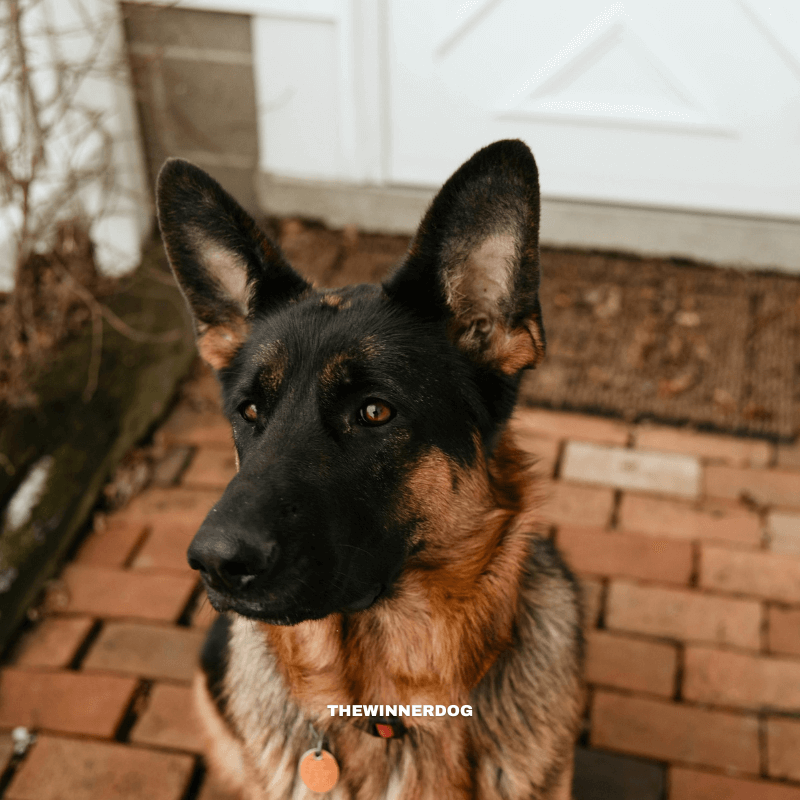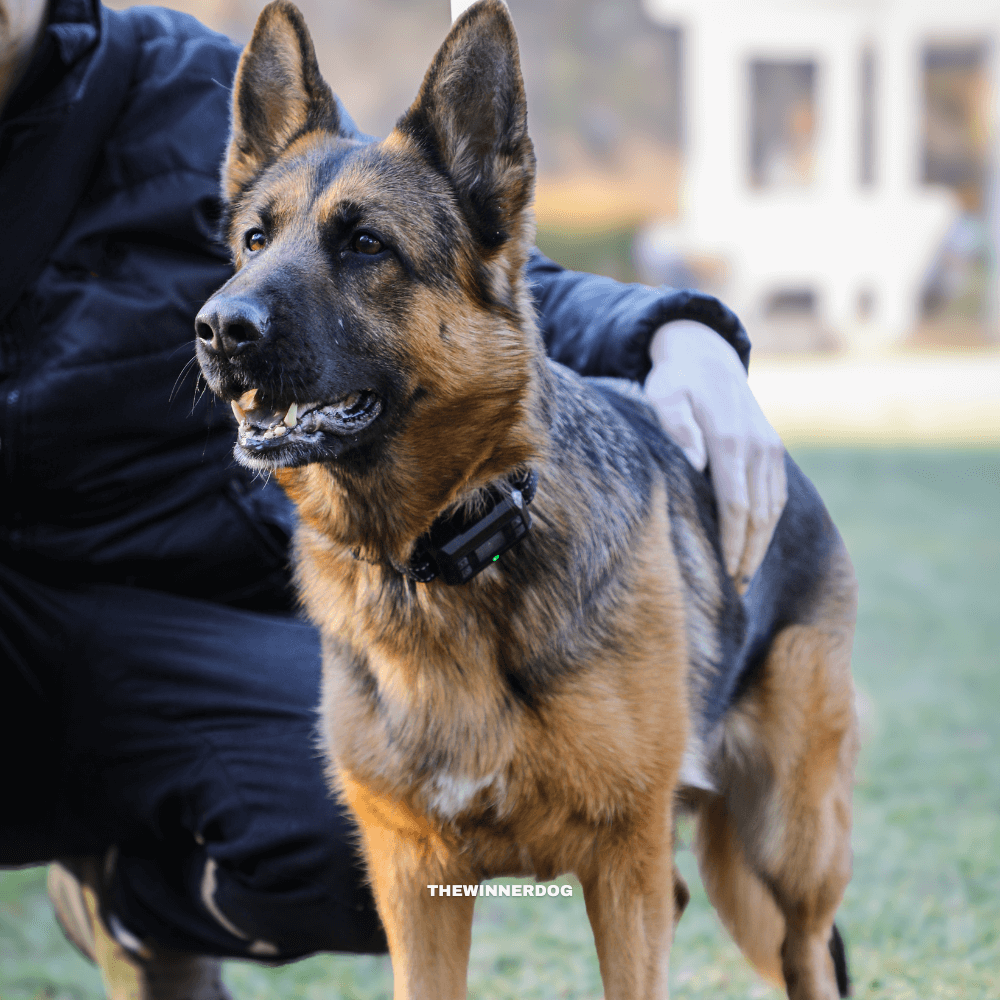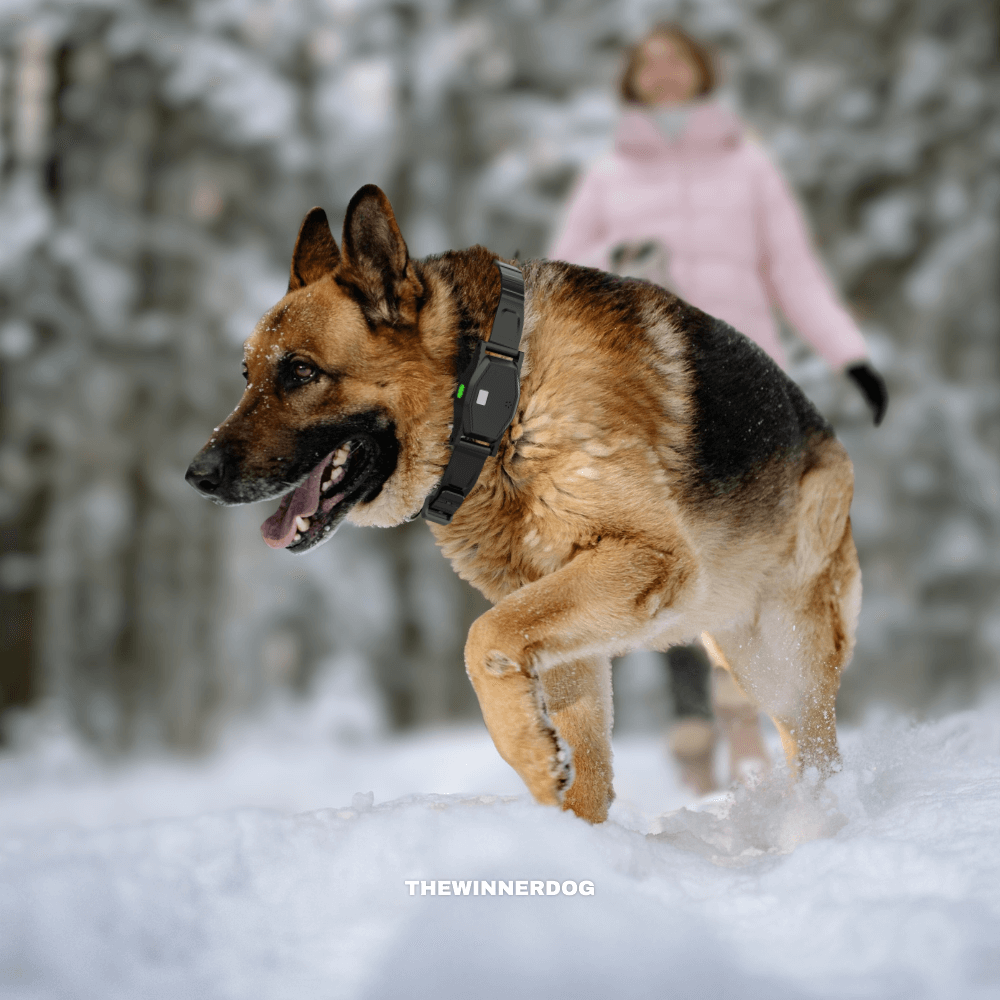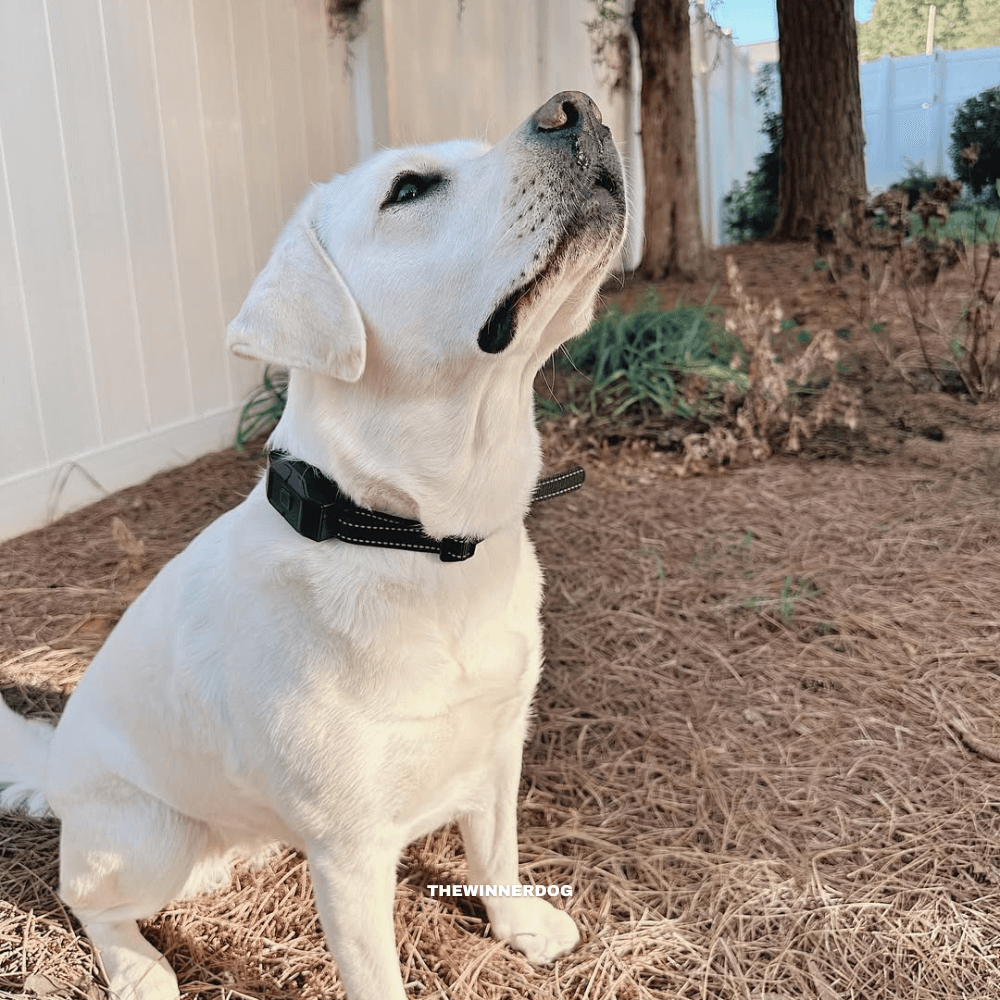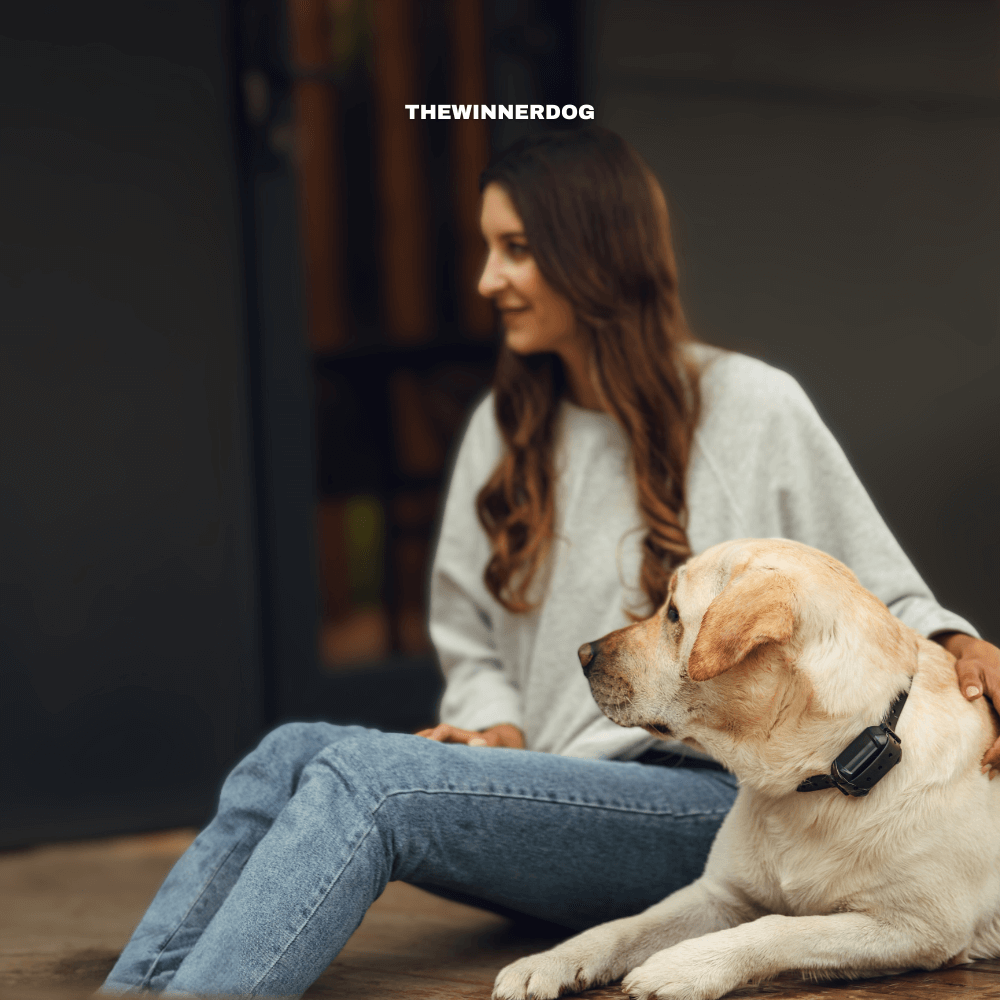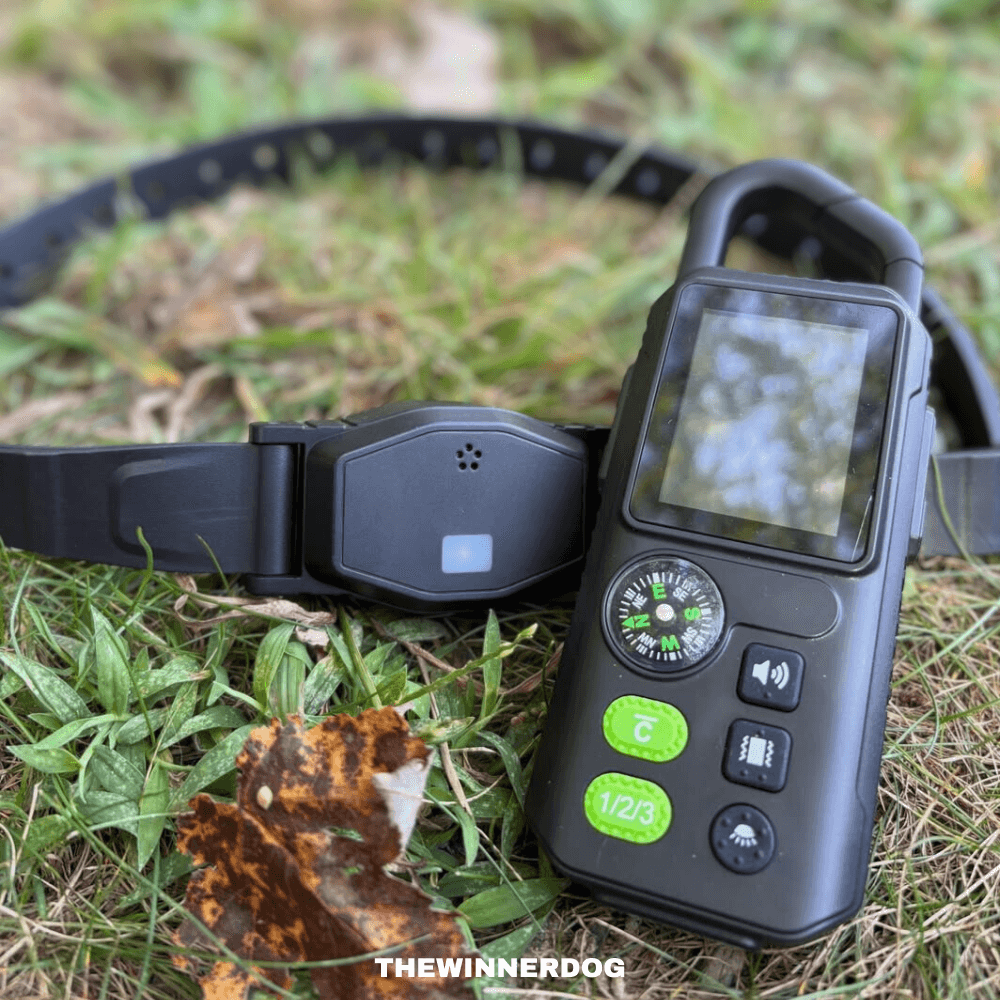
What Are the Best Options for a Wireless Fence for Small Yard
Keeping dogs safe in small yards presents unique challenges. While traditional fencing is effective, it can be costly, aesthetically limiting, or prohibited in some communities. A wireless dog fence provides an efficient alternative, allowing dogs to enjoy freedom while maintaining safety. Selecting the best wireless dog fence involves understanding the technology, evaluating yard conditions, and considering the dog’s temperament. This guide outlines the top options, training techniques, and practical tips for small-yard containment.
1. Understanding How a Wireless Dog Fence Works
A wireless dog fence establishes an invisible boundary that triggers corrections when a dog approaches the perimeter. Two primary technologies exist: base-station systems and GPS-based fences.
- Base-Station Systems rely on a transmitter placed indoors or on a porch, sending a continuous signal to the dog’s collar. As the dog nears the boundary, the collar emits a beep, vibration, or static correction. Base-station systems are highly stable, which makes them ideal for small yards where accuracy is critical.
- GPS Wireless Dog Fence Systems use satellite signals to define boundaries. These are portable, allowing owners to set irregular or temporary zones. While flexible, GPS-based systems may experience minor signal drift, especially in small yards with trees, buildings, or fences, which can affect boundary precision.
Understanding these differences is crucial. For small suburban yards, stability outweighs range. Base-station systems often outperform GPS units in precision, reliability, and consistent training results.
2. Evaluating the Best Rated Wireless Dog Fence for Small Yards
Choosing the best rated wireless dog fence requires a balance between performance, safety, and versatility. A top system should offer reliable containment, adjustable corrections, and user-friendly operation.
A strong example is the WDT810 Pro Wireless Dog Fence. This device uses 2.4GHz stable signal transmission, minimizing interference from household electronics. Its dual modes provide a 200-yard containment area and an extended 3,300-foot training range, combining practical yard containment with obedience reinforcement.
Additional features include LED safety lighting, bark control, and waterproof, rechargeable collars. The customizable correction levels (beep 1–8, vibration 1, static 1–16) make it suitable for both sensitive small breeds and stronger, larger dogs.
For small yards where precision and safety are critical, the WDT810 Pro exemplifies a top rated wireless dog fence that meets rigorous performance standards.
3. Conclusion: Choosing the Best Wireless Fence for a Small Yard
The best wireless dog fence for a small yard emphasizes stability, safety, and adaptability. Base-station systems provide predictable, reliable containment, while GPS solutions serve as flexible, portable options for outdoor activities.
Products such as the WDT810 Pro integrate containment, training, bark control, and visibility in one device, providing a complete solution for small-yard households.
Considering yard layout, interference risks, dog temperament, and household composition helps identify the top rated wireless dog fence suitable for single or multiple dogs. By prioritizing reliability and proper training, dog owners ensure freedom and safety for their pets, creating a secure, enjoyable outdoor environment.

